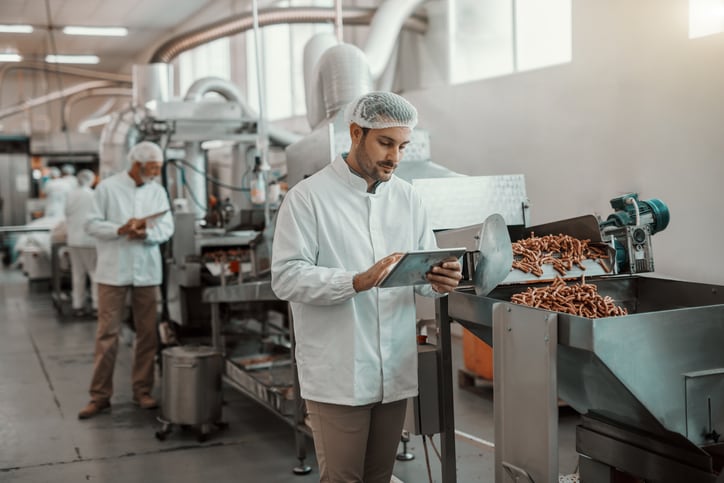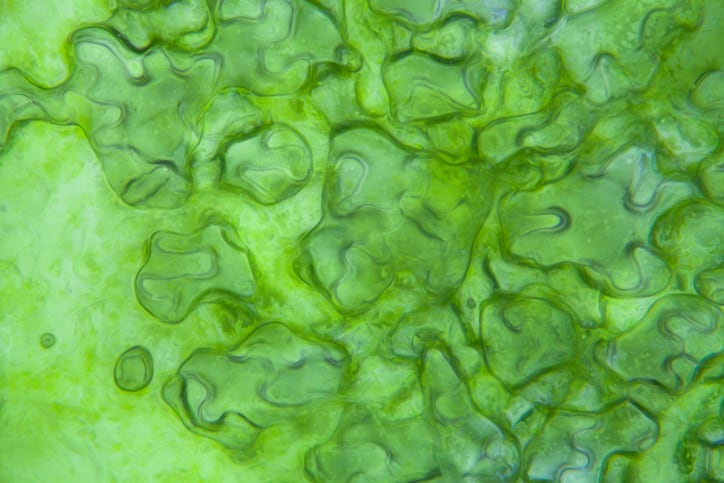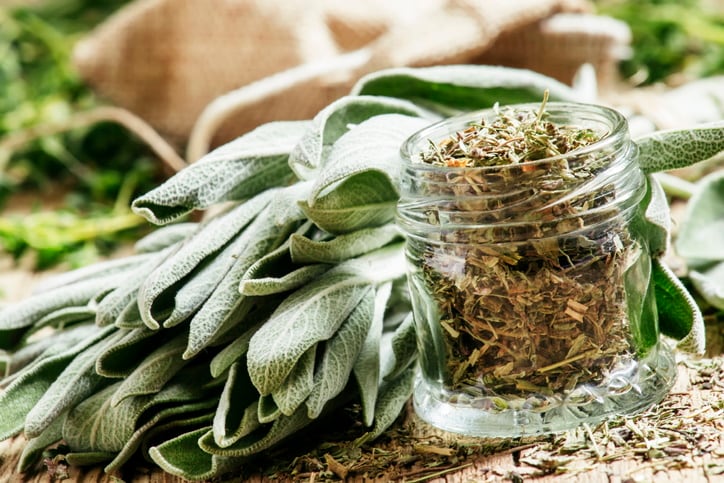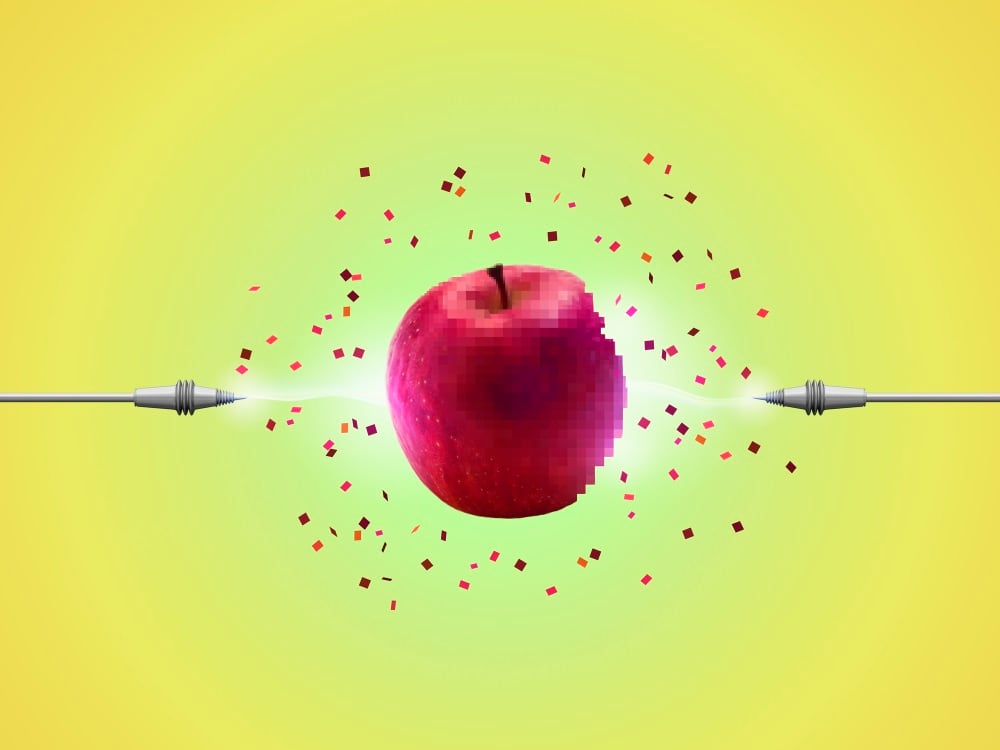The idea behind hyperspectral imaging is that by analysing a wide spectrum of light, instead of just assigning the primary colours of red, green, blue to each pixel, the light striking each pixel is broken down into many different spectral bands to reveal a wealth of additional information on what is imaged.
The practice has typically been used in military applications, but with costs coming down it is now spreading its wings into other industries. One is the food sector, where the potential applications are plentiful, believes HinaLea Imaging, a US company currently wooing European food producers with its hyperspectral imaging technology. It says the method is still gaining ground in the food safety industry but has seen a huge uptick in its adoption in 2020.
It can be used, for example, in quality assurance for the detection of production and processing anomalies across a variety of food products, and for the detection and classification of food-borne pathogens. Precision agriculture is another area. The imagery can be used to detect crop viability, for example, exposure to harmful contaminants and pathogenic disease as well as health vegetation coverage and hydration mapping.
"This technology has historically been very expensive, and you’ve needed a PhD to be able to operate it,” HinaLea Imaging’s general manager, Barry McDonogh, told FoodNavigator. But two things have happened: the cost of the hardware has plummeted, while the advent of machine learning or AI means it is far easier to use. A crisp or chip factory, for example, could now train a hyperspectral imaging system to ensure batches contain the optimal amount and coverage of seasoning.
The company, he explained, is primarily focused on quality assurance, both on the processing side and on the agricultural side. The imaging technology could potentially help growers, for example, to save costs by optimising the ripeness of crops. According to HinaLea Imaging, results show that hyperspectral images offer more discriminating power than standard RGB-images for discriminating ripeness stages of tomatoes, reducing the classification error of individual pixels from 40% to 7%.
“We can put these cameras on drones, on tractors, or they can sit in fields looking at plant health and hydration, the optimal time for harvesting and the mapping of weeds,” added McDonogh.
“One of the very interesting things that we started doing on the food processing side is pathogen detection. We're working with the USDA to pursue an in-line level of pathogen detection, which is the holy grail. The basic idea is that you can get pathogen results in the plant instead of needing to take the samples to the lab — as well as dramatically reduce the time to result. Right now, the standard is 24-36 hours later, so if we can get it down to even just four hours we'll be in really good shape. Hyperspectral imaging basically allows it to be inspected in the line at the plant roughly at the time with no incubation.”

The ‘crazy’ number of potential food applications
There are other potential applications for hyperspectral imaging in the food industry, we were told.
“There are crazy applications that you would never think of because you've just never been able to use this technology in industry before. For example, what percentage of seasoning is on one crisp versus another crisp? The food industry couldn't have imagined answering such a specific quality assurance question, but now they can.”
Other food sector applications being explored by HinaLea Imaging include food grading, freshness of food, and uniformity of ingredients. “If you can imagine someone who is very experienced at grading food, hyperspectral imaging basically allows you to bottle that experience so it's no longer subjective,” said McDonogh.
Foreign object detection and optimizing cooking times for foods such as potatoes and beans are also on its list of use cases. The company further claims that hyperspectral imaging can be utilised to identify packaging integrity and for fill inspection.
“It's a new technology, and with these hyperspectral systems, the idea is that we can replace or augment existing inspection systems,” said McDonogh. “I think it's going to be a very interesting technology going forward.”





